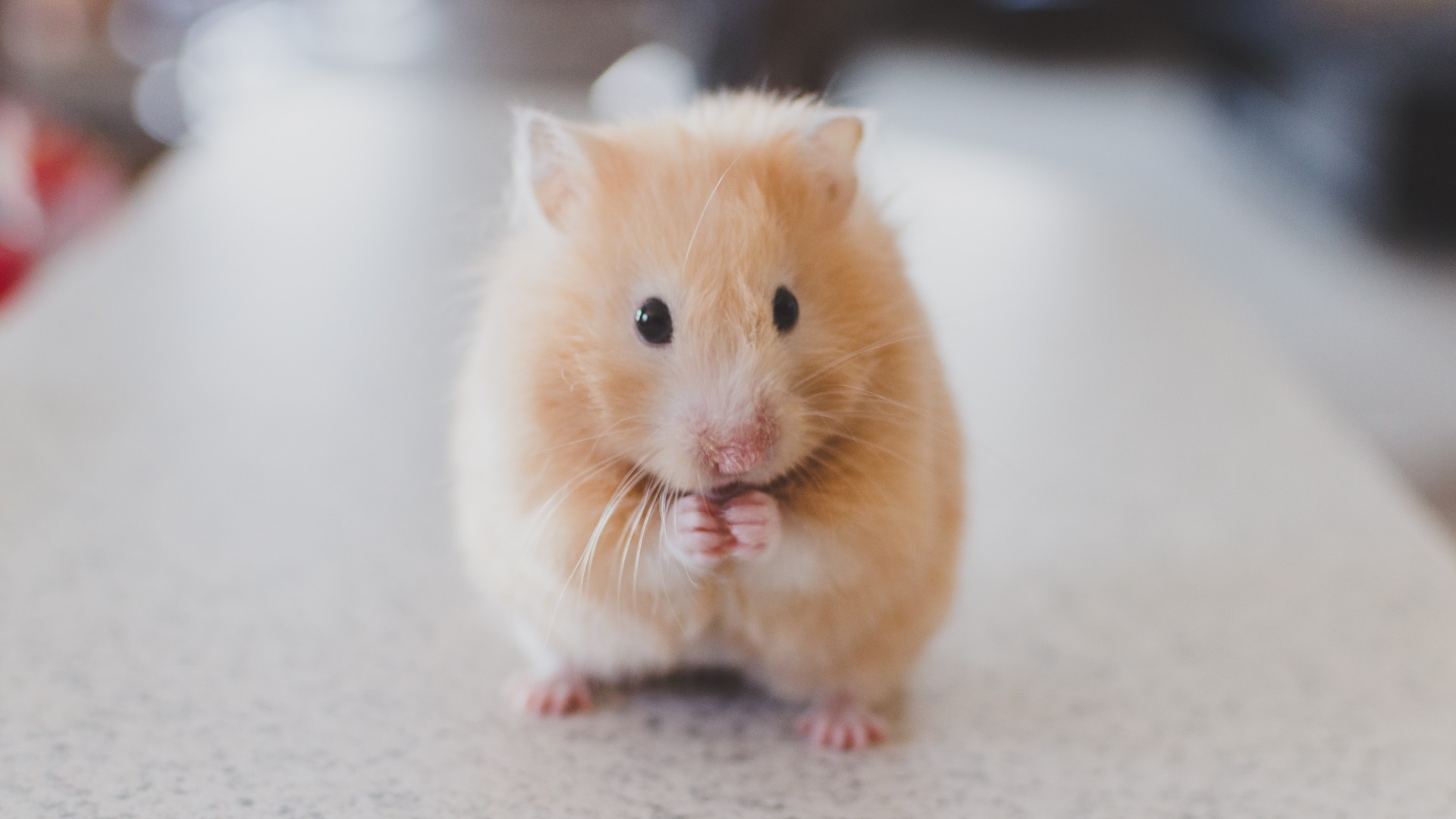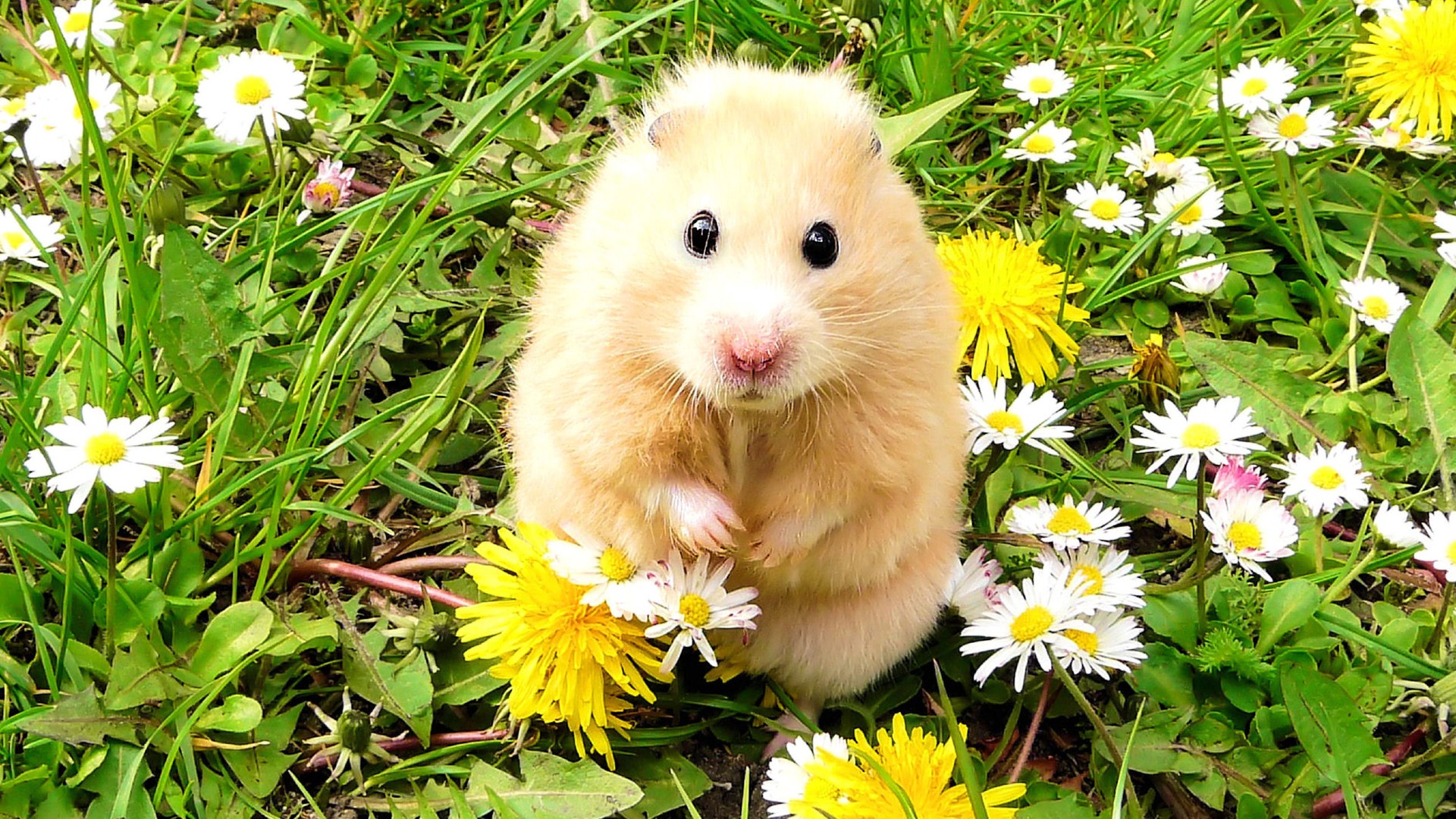8 common hamster illnesses
It’s worth being familiar with some of the most common hamster illnesses, our vet explains more!

Being aware of some of the most common hamster illnesses is vital if you’re the proud parent of a pocket pet. That’s because, as with many ‘small furry’ pets, hamsters are prey animals and can be quite good at hiding signs of disease, which means that some problems aren’t detected until things are quite serious.
It’s a good idea if you own a hamster to be aware of the range of likely health issues that could crop up over the course of their lifetime. Below, we walk you through each of these as well as giving you some tips on how to help prevent your pocket pet from becoming ill. While we’ll be covering the more common diseases in this piece, it’s important to note that your vet may have other suggestions depending on their examination of your pet.
The most common hamster illnesses
As with any animal, there are a range of illnesses that could potentially affect your hammy over the course of their life. Here are the most common ones to be on the lookout for:
1. ‘Wet tail’
‘Wet tail’ is also known as proliferative ileitis or regional enteritis. This condition is highly contagious among hamsters causing them to have severe diarrhoea, inappetence and lethargy. The exact cause is not clear but a bacteria called Lawsonia intracellularis is thought to contribute, alongside sudden changes in diet and overcrowding. It most commonly affects young or weaning hamsters, and can be fatal, so urgent treatment is required from your vet. Other types of digestive issues can cause similar symptoms in hamsters.
2. Respiratory tract problems
Respiratory issues can cause sneezing, more laboured breathing and increased sounds (like squeaking or grunting). Respiratory problems can be caused by infections such as viruses or bacteria but could also be due to allergies. Reactions to dust in their bedding and environment can occur, so trying hypoallergenic bedding and increasing the ventilation to your cage may be a good idea if your vet has ruled out other concerns.
3. Eye infections
Eye issues can go alongside respiratory tract problems, with watery eyes often being seen at the same time as sneezing and breathing problems. You may also get an infection because of a foreign item that has been embedded into the soft tissue around the eye (like a sharp bit of straw or bedding). Underlying dental disease can also cause eye problems, with problematic tooth roots pressing on nearby tear ducts. So, it is always best to get your pet checked out by your vet.
4. Pyometra

Pyometra, or infection of the womb, is a serious condition that affects female hamsters. Symptoms may include changes in appetite and thirst, lethargy, a bloody vaginal discharge or a swollen abdomen. A bacterial infection causes the uterus to fill with pus, making your hamster feel very sick. Surgical removal of the diseased uterus is advised, as this condition can be fatal if left untreated.
5. Mites
Mites such as Demodex spp. can cause hair loss and dry, scaly skin in hamsters. This may not be itchy but can be unsightly. Topical anti-mite treatments are usually helpful. However, bear in mind that hamsters can lose fur for other reasons too such as skin allergies, fungal infections and certain types of cancer.
6. Cheek pouch issues
Hamsters have cheek pouches, which are used to temporarily store food, to carry it back to their nest. Eversion of a cheek pouch can occur, whereby the pouch turns inside out and prolapses. This can be seen as a fleshy mass hanging out of one side of your hamster’s mouth. Hamsters can also run into problems with cheek pouch impaction, where the contents become stuck in the cheek pouch. This is more likely to occur if your hamster puts something sticky in his pouch, and the subsequently trapped food can become rotten. Both conditions need immediate veterinary attention.
7. Diabetes Mellitus
Diabetes mellitus (sugar diabetes), is a condition where the pancreas either doesn’t produce enough insulin or the body no longer responds to insulin, leading to high levels of circulating sugar in the bloodstream. Symptoms of this include increased thirst, increased appetite, weight loss, increased urination and lethargy. Your vet can diagnose the condition with urine in blood samples. However, it can be quite tricky to manage medically in hamsters, and usually, changes in diet are made to reduce sugar intake.
8. Cancer
As with all species, cancer is something that can affect hamsters. Benign tumours near the kidneys can cause Cushing’s disease (a hormonal condition) which may lead to hair loss and changes in thirst. Lymphoma is common in older hamsters, with one type affecting the skin in particular. If your hamster develops any lumps or skin changes then get your vet to check them over.
Signs of a distressed hamster
Hamsters are prey animals which means that they are very good at hiding signs that they are sick, compared to other species like cats and dogs. This means you may need to look for subtle symptoms in the initial stages of illness. If your hamster seems a bit quieter than normal, is sneezing excessively, has more laboured breathing, diarrhoea, hair loss or if he is off his food then you should get him checked by a vet. Over time you may also notice problems like weight loss and lethargy developing. Hamsters can also suffer from stress and anxiety, so you may notice him demonstrating his distress by chewing the bars of his cage, pacing excessively or becoming aggressive towards you.
How to prevent hamster illness
Whilst there is no sure-fire way of stopping illness altogether the following measures can help to reduce the risk of your hamster developing disease:
- Regular cleaning of the cage to remove dirty bedding and reduce ammonia levels which can contribute to respiratory and eye issues. Our guide to how to clean a hamster cage walks you through everything you need to know.
- Provide a large enough cage for him, with plenty of interesting toys that are changed or rotated regularly to help counteract boredom and stress.
- Ensuring any chemicals or cleaning products have been thoroughly rinsed after you’ve finished cage cleaning.
- Keeping cages in a well-ventilated area can help reduce the risk of respiratory issues.
- Using dust-free or hypoallergenic beddings can help prevent eye problems as well as underlying skin or respiratory allergies. Check out how to set up a hamster cage for more information on making your hammy's habitat homely.
- Make sure your hamster is on an appropriate diet, which should include a complete hamster pellet, dried hay and fresh fruit and veg as occasional treats.
- Avoid giving your hamster sticky treats (like toffee or other sweets) that could get stuck in his cheek pouches.
- Ensure your hamster always has access to fresh water, cleaning his water bottle regularly.
- Not smoking near your hamster’s environment.
- Make sure you seek veterinary help promptly if your hamster seems unwell
Hamsters are great little animals but can succumb to health complaints like any other pets. It’s important to seek help as soon as you think there might be something wrong, to stop your little furry friend from going downhill. Always ring your vet if you have any worries about your hamster.
You might also want to read: Do hamsters hibernate? and Do hamsters smell?
PetsRadar Newsletter
Get the best advice, tips and top tech for your beloved Pets
Rebecca is a veterinary surgeon who graduated in 2009 from the Royal Veterinary College in London. She has a wealth of experience in first opinion small animal practice, having done a mixture of day-to-day routine work, on-call emergency duties and managerial roles over the years. Rebecca enjoys medicine in particular and she is proud to have recently achieved a BSAVA postgraduate certificate in small animal medicine (with commendation).
She writes on various feline and canine topics, including behavior, nutrition, and health. Outside of work and writing she enjoys walking her own dog, spending time with her young family and baking!

